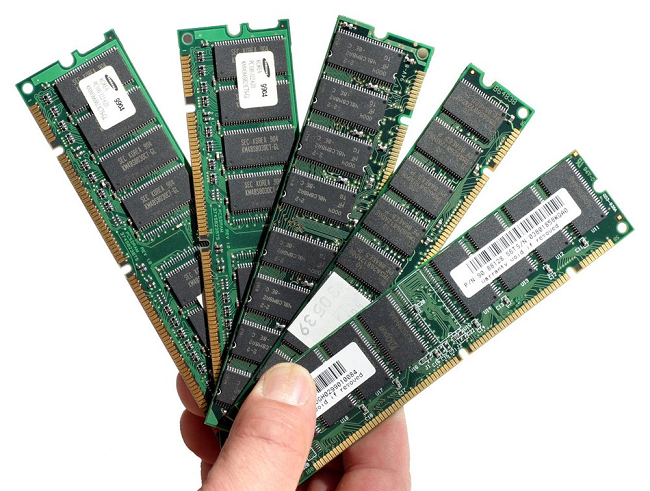
Technology is constantly evolving, and with it comes a flood of new terms that can be overwhelming—especially if you’re not a tech enthusiast. Whether you’re shopping for a new phone, setting up a smart home, or just trying to understand your laptop better, knowing the basic language of technology can help you make more informed decisions and feel more confident in today’s digital world. This beginner’s guide breaks down some of the most common and confusing tech terms in plain, simple language.
What Is RAM and Why Does It Matter?
RAM stands for Random Access Memory, and it’s one of the most important components of your computer or smartphone. Think of it as short-term memory—it’s where your device stores information that it’s actively using. The more RAM you have, the more tasks your device can handle at once without slowing down. For everyday use like browsing the internet, streaming, and using apps, 8GB of RAM is usually enough. But if you’re gaming, editing video, or using demanding software, you’ll want more. RAM doesn’t store files permanently—that’s your storage’s job—it just helps things run smoothly in the moment.
SSD vs HDD: What’s the Difference?
SSD stands for Solid State Drive, and HDD stands for Hard Disk Drive. Both are types of storage, but they work very differently. An HDD uses spinning disks to store data, which makes it slower and more prone to damage. An SSD, on the other hand, has no moving parts and is much faster, quieter, and more reliable. These days, most modern laptops and phones come with SSDs. If you’re choosing between devices, always go with an SSD if you can—it makes a big difference in speed when opening files, starting your system, or launching programs.
What Does “The Cloud” Actually Mean?
When people talk about “the cloud,” they’re referring to servers and data centers located around the world that store your information so you can access it from any device connected to the internet. Instead of saving everything on your personal device, cloud services like Google Drive, iCloud, or Dropbox let you store documents, photos, and backups online. This is great for convenience and safety, especially if your phone or computer is lost or damaged. Just remember that while the cloud is convenient, it’s still important to use strong passwords and enable two-factor authentication to keep your data secure.
What Is Bluetooth and How Does It Work?
Bluetooth is a wireless technology that lets devices communicate with each other over short distances, usually within 30 feet. It’s used for everything from connecting headphones to syncing fitness trackers and smartwatches. Once two devices are paired, they can share data or work together without needing cables. Bluetooth has improved a lot over the years—it’s faster, more energy-efficient, and more secure than ever before. If a gadget mentions Bluetooth 5.0 or higher, that’s a good sign it’s using the latest standard with better performance and range.
Why You Should Understand Your Device’s Operating System
Every gadget runs on an operating system, or OS, which is the software that controls everything on the device. For phones, you’ve got iOS (Apple) and Android (Google). For computers, there’s Windows, macOS, and Linux. Knowing your OS helps you understand what apps are available, how your settings work, and how to troubleshoot common problems. It also makes it easier to follow online tutorials or support guides. When buying a new device, think about which operating system you’re most comfortable with—it affects your experience more than you might realize.